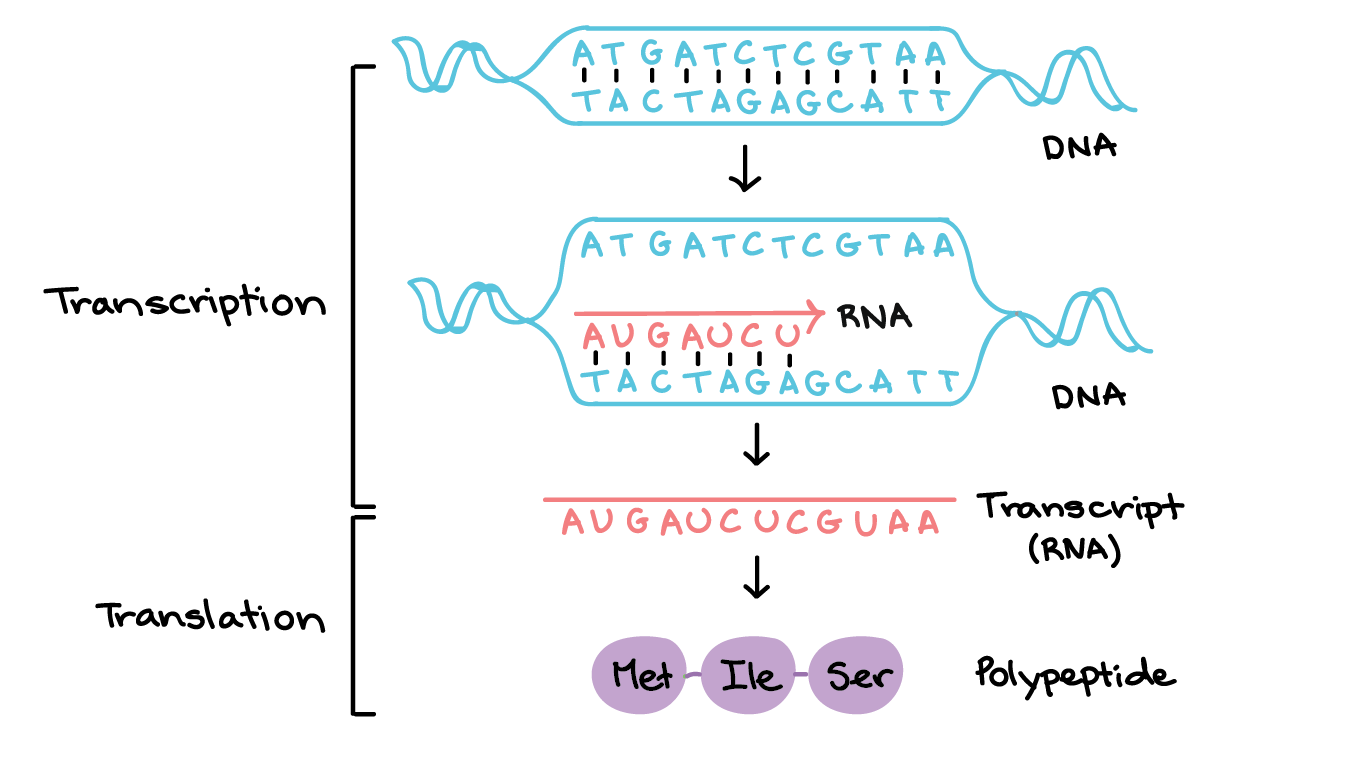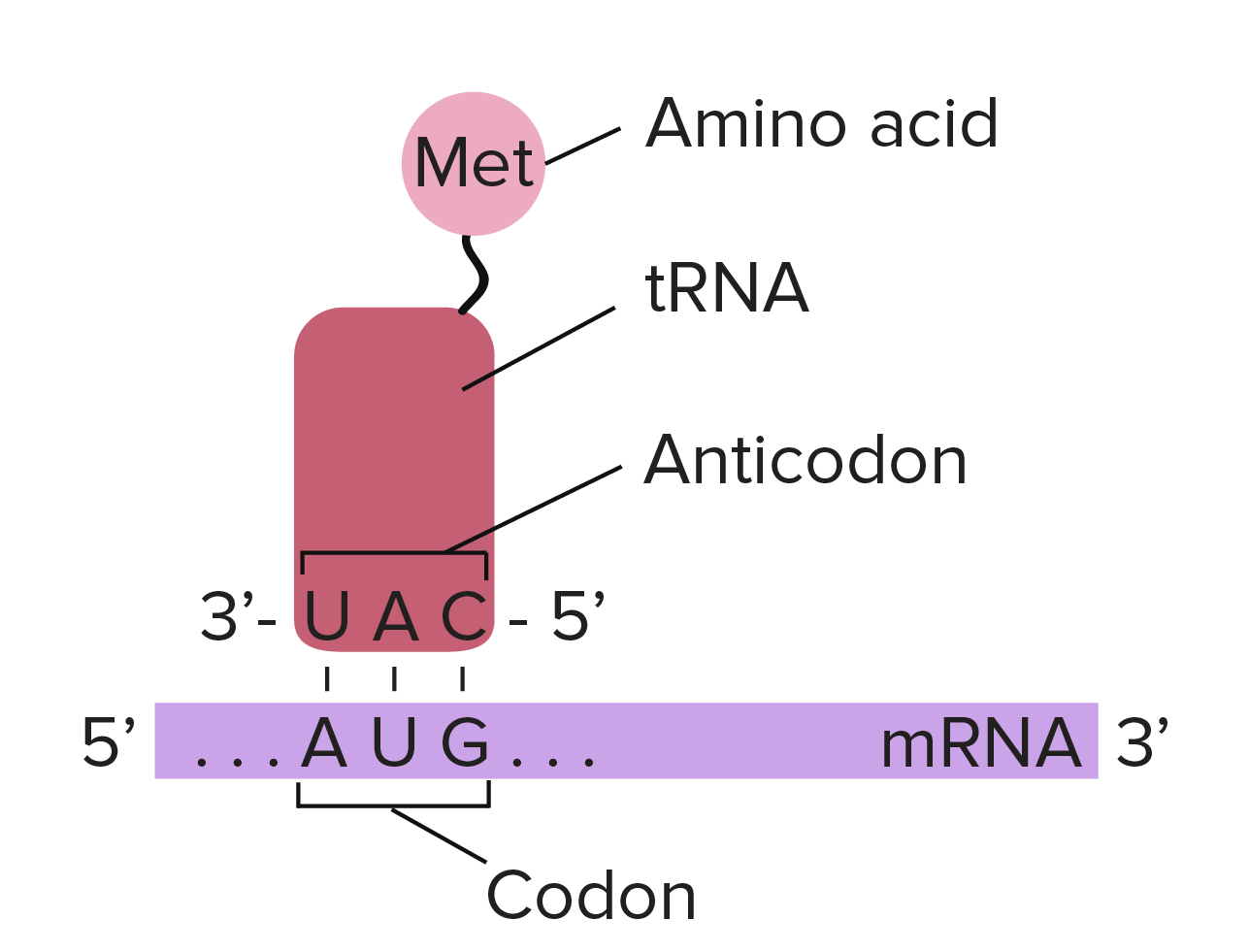I am engineering a set of genetic sequences and have come across a surprisingly basic point of confusion that seems to have fallen through the cracks regarding coding sequences.
The standard start codon is AUG, and since this is an RNA sequence, I would thus expect that the start of the coding sequence would then be TAC, since DNA is complementary to the mRNA transcript taken from it. Wikipedia and various introductory texts confirm this expectation, e.g., in wikipedia's article on the central dogma:
The ribosome reads the mRNA triplet codons, usually beginning with an AUG
Here's another example: in the Khan academy introduction to the genetic code, the codon illustration clearly shows an AUG in the mRNA sequence.
The coding sequences that I am composing into my design, however, are all listed as starting with ATG, rather than TAC, which would be the complement of AUG. I am certain the coding sequences are not wrong, since some are very well established parts like BBa_E0040.
Something seems to have gotten confused or elided in many standard explanations, then. Why do coding sequences start with ATG and not TAC?


